Diverse Applications
The versatility of bamboo is emerging as a significant driver for the Bamboos Market. Bamboo is utilized in a myriad of applications, including construction, furniture, textiles, and paper products. This diversity not only caters to various consumer needs but also enhances market resilience against economic fluctuations. In 2025, the construction sector is anticipated to account for a substantial share of the bamboo market, driven by the material's strength and sustainability. Additionally, the growing trend of eco-friendly products in the textile industry is likely to further propel demand. As industries increasingly recognize the benefits of bamboo, the Bamboos Market is expected to expand, reflecting the material's adaptability and broad appeal.
Sustainability Initiatives
The increasing emphasis on sustainability appears to be a pivotal driver for the Bamboos Market. As consumers and businesses alike become more environmentally conscious, the demand for sustainable materials has surged. Bamboo, known for its rapid growth and minimal resource requirements, presents an attractive alternative to traditional timber and plastic products. In 2025, the market for bamboo products is projected to reach approximately USD 98 billion, reflecting a growing preference for eco-friendly materials. This trend is likely to be bolstered by government policies promoting sustainable practices, which may further enhance the market's growth trajectory. The Bamboos Market is thus positioned to benefit from this shift towards sustainability, as it aligns with broader environmental goals.
Technological Advancements
Technological innovations are playing a crucial role in shaping the Bamboos Market. Advances in processing techniques and product development have enabled manufacturers to create a wider array of bamboo-based products, from construction materials to textiles. For instance, the introduction of engineered bamboo products has enhanced the material's strength and durability, making it suitable for various applications. The market is expected to witness a compound annual growth rate of around 5.5% through 2025, driven by these technological advancements. Furthermore, the integration of digital technologies in supply chain management is likely to improve efficiency and reduce costs, thereby fostering growth within the Bamboos Market. As these technologies continue to evolve, they may unlock new opportunities for innovation and expansion.
Government Policies and Support
Government initiatives aimed at promoting sustainable practices are likely to serve as a catalyst for the Bamboos Market. Various countries are implementing policies that encourage the use of renewable resources, including bamboo, in construction and manufacturing. These policies may include subsidies, tax incentives, and research funding, which could enhance the competitiveness of bamboo products in the market. As governments increasingly recognize the economic and environmental benefits of bamboo cultivation, the Bamboos Market is expected to experience accelerated growth. The alignment of government objectives with market trends may create a favorable environment for investment and innovation, further solidifying bamboo's position as a key player in sustainable materials.
Consumer Awareness and Preferences
Rising consumer awareness regarding environmental issues is significantly influencing the Bamboos Market. As individuals become more informed about the ecological impact of their choices, there is a noticeable shift towards products that are perceived as sustainable and eco-friendly. This trend is particularly evident among younger demographics, who are more likely to prioritize sustainability in their purchasing decisions. Market Research Future indicates that approximately 70% of consumers are willing to pay a premium for sustainable products, which bodes well for the Bamboos Market. This heightened awareness is likely to drive demand for bamboo products, as consumers seek alternatives to conventional materials that contribute to environmental degradation.



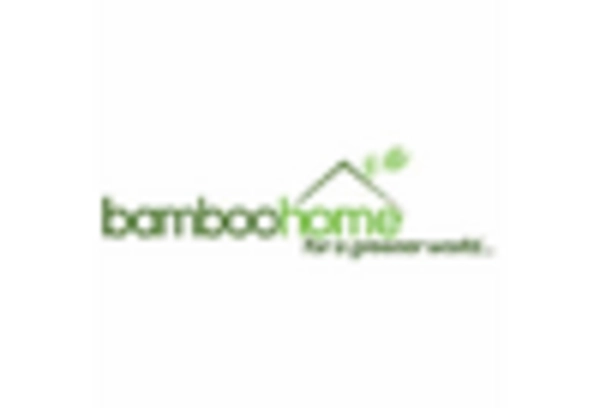
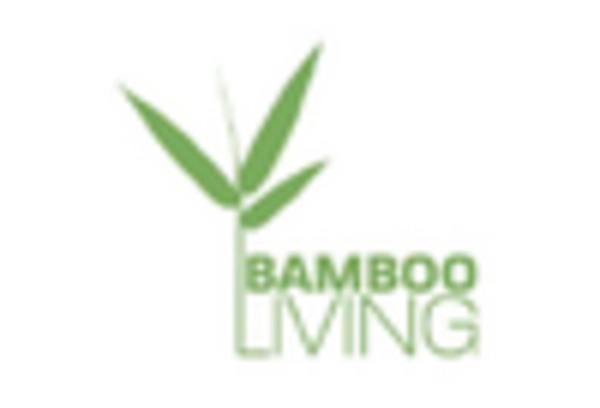
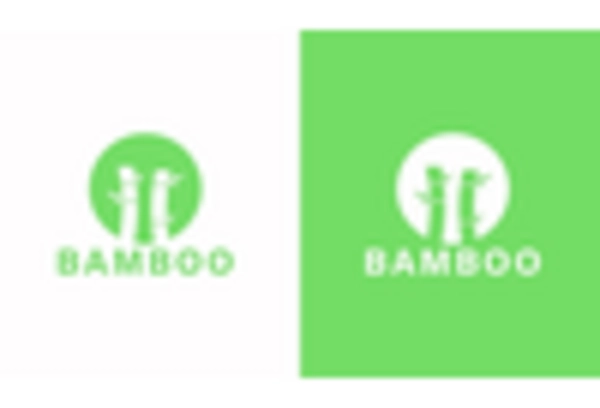
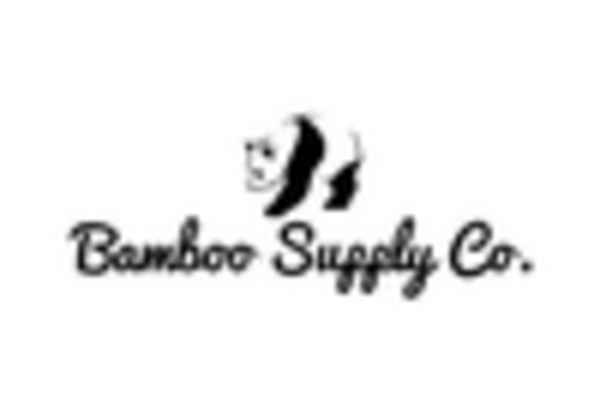

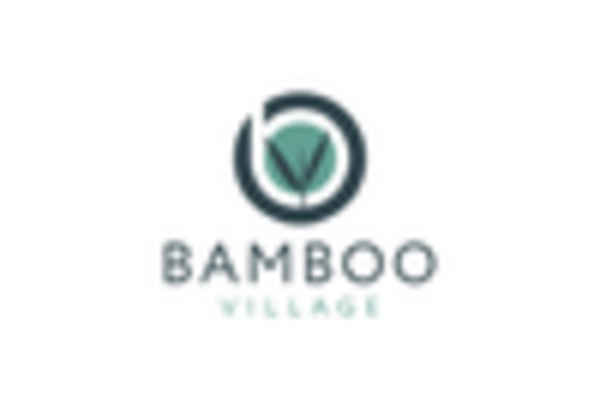








Leave a Comment